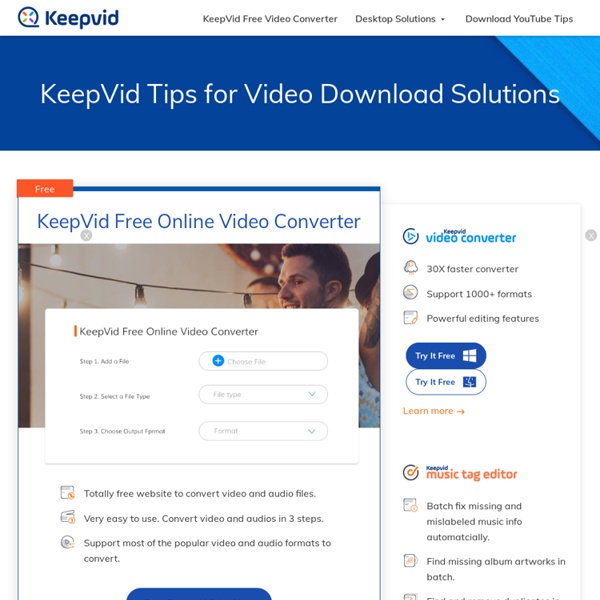



“Paper Blog Foldable” illustrates parts of a blog » Miles' Tomes: Teaching and Learning Miles' Tomes: Teaching and Learning About Miles reBlogs « Learning Activities and Self-Reflection in Student Focused Assessment Model (pt3) Portfolios in Student Focused Assessment Model (pt4) » "Paper Blog Foldable" illustrates parts of a blog This little project helps students (and adults) get their heads wrapped around the vocabulary associated with blogging. You’ll need 3 pieces of paper, pencil, markers, pens (blue, black, and red), scissors, glue, and a ruler. Align two sheets of paper. Draw a straight line 3.5 cm from the top of the booklet along the short edge. Draw another line 3.5 mc from the open side of the booklet for the widget bar. Here are the lines sectioning off the banner and the widget area. Cutting only the top three pages, remove the long side for the side bar. Cutting only the top three pages, remove the banner area to the fold. Snip along the fold to remove the top three flaps for the banner area. On the larger back page, use the markers to create a blog banner. Email Print
Mapping The Future Of Education Technology Add this massive infographic to the recent discussion of futuristic dorms and what education will look like in 2020--and beyond. Designed by Michell Zappa’s Envisioning Technology (which also created that fantastic interactive infographic mapping the future of technology), this chart maps innovations in education technology for the next few decades. Click to enlarge. It illustrates a shift from a classroom-centered approach toward an increasingly virtual set of learning environments. "Despite its inherently speculative nature," the graphic’s creators write, "the driving trends behind the technologies can already be observed, meaning it’s a matter of time before these scenarios start panning out in learning environments around the world."
The Internet map The map of the Internet Like any other map, The Internet map is a scheme displaying objects’ relative position; but unlike real maps (e.g. the map of the Earth) or virtual maps (e.g. the map of Mordor), the objects shown on it are not aligned on a surface. Mathematically speaking, The Internet map is a bi-dimensional presentation of links between websites on the Internet. Charges and springs To draw an analogy from classical physics, one may say that websites are electrically charged bodies, while links between them are springs. Also, an analogy can be drawn from quantum physics. Anyway, the real algorithm of plotting The Internet map is quite far from the analogies given above. Semantic web The map of the Internet is a photo shot of the global network as of end of 2011 (however, baloons show actual statistics from Alexa). Importantly, clusters on the map are semantically charged, i.e. they join websites together according to their content. The Internet Phenomenon Ideas and suggestions
The Big Picture Curriculum 21 - Clearinghouse E-Newsletter SignUp Show all resources sorted by most popular most recent most popular first containing Join to rate and submit resources ← Previous Page 1 of 58 Next → (1 ratings) interactive programs for making and analyzing art. Posted by cweihe, last updated on July 21, 2012 Categories: Art (3 ratings) Heidi's presentation slides showing the importance of bringing curriculum21 into every classroom. Posted by Heidi, last updated on February 12, 2011 Categories: Professional Development Presentation by Dr. Posted by Heidi, last updated on May 22, 2012 Categories: English/Language Arts Professional Development We’re asking the children of the world to introduce us to the people of the world. Posted by Silvia Rosenthal Tolisano, last updated on July 16, 2012 Categories: Global Global Education (2 ratings)